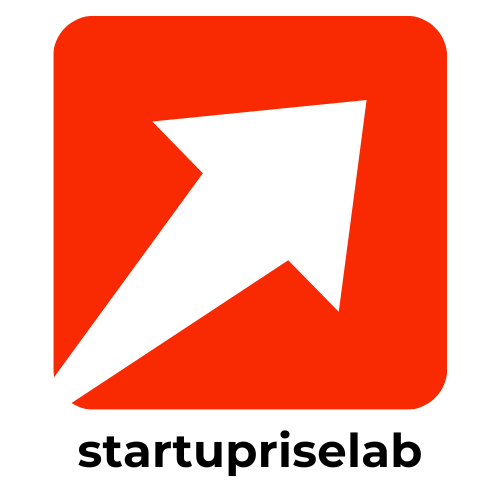In the vast digital landscape, coding symbols are the quirky punctuation marks of programming, that unsung heroes keeping the chaos at bay. Think of them as the friendly traffic cops of code, ensuring everything flows smoothly. The truth is, without these peculiar little characters, your code would be a confusing jumble, like trying to read Shakespeare with a mouthful of marbles. So, why not immerse and unlock the mysteries of these symbols? Understanding their significance can be the difference between you rocking the coding world and your software ending up as glorified paperweights.
Table of Contents
ToggleWhat Are Coding Symbols?

Coding symbols are special characters or sequences used in programming languages to define actions, structure code, and enhance readability. These symbols form the backbone of coding, streamlining processes and allowing programmers to communicate complex ideas in a straightforward manner. Much like how punctuation in writing aids comprehension, coding symbols serve a similar purpose in the digital realm. From the humble semicolon to the enigmatic curly braces, each symbol plays a vital role in conveying meaning. When developers string these symbols together, they create functions, commands, and overall logic essential for software development.
Types of Coding Symbols
Coding symbols can be categorized into various groups. Understanding these types is crucial for anyone delving into programming.
1. Punctuation Marks
Punctuation marks in coding act like their literary counterparts. They signal breaks in code or separate statements. For example, semicolons often denote the end of a line in languages like JavaScript or C++. The comma is another essential symbol, used to separate parameters in functions. Omitting these can throw a programmer into a quagmire of syntax errors.
2. Operators
Operators are symbols that perform operations on variables and values. They can be arithmetic (like +, -, *, /) or logical (like && for AND, |
| for OR). Each operator carries its unique function, transforming data at lightning speed. For instance, the addition operator takes two numbers and returns their sum, while comparison operators check relationships between variables.
3. Delimiters
Delimiters are symbols used to define boundaries, think of them as markers highlighting sections of code. Common examples include quotation marks for strings and curly braces that enclose function definitions. They provide clarity, ensuring the code is organized in a way that’s easy for both the computer and the programmer to understand.
4. Comments and Annotations
While not strictly part of the code that executes, comments and annotations hold significant value. Typically marked with specific symbols (like // for single-line comments in JavaScript), these notes help developers clarify their intentions. They keep the codebase understandable for anyone who might revisit it later. As such, comments serve as guides through complex pathways, creating a roadmap of logic.
The Role of Coding Symbols in Programming Languages
In programming languages, symbols wield considerable power. They help define the syntax, instruct the compiler or interpreter on how to execute commands, and even enable error handling. A single misplaced symbol can lead to code malfunction, akin to a missing ingredient in a baking recipe.
Also, each programming language has its own unique set of symbols and repercussions for misusing them. An understanding of these symbols can lead to more effective communication between the programmer and the computer, reducing bugs and enhancing efficiency. In essence, coding symbols provide structure, clarity, and guidance, allowing developers to create meaningful applications rather than chaotic code.
Common Coding Symbols Across Different Languages
While each programming language has its quirks, many symbols tend to be universally recognized. For instance, the semicolon (:) is prevalent in C++, Java, and JavaScript for ending statements. Meanwhile, the equals sign (=) is widely recognized as an assignment operator across numerous languages, albeit the comparison operator (==) serves a different purpose in many contexts.
Also, the use of brackets, parentheses ( ), square brackets [ ], and curly braces { }, is commonplace for various tasks including grouping expressions and defining function scopes. Even the infamous asterisk (*) has dual functionality, representing multiplication in some languages while serving as a wildcard in others. Understanding these commonalities aids programmers in transitioning between different coding practices seamlessly.
Best Practices for Using Coding Symbols
Utilizing coding symbols effectively requires a blend of knowledge and discipline. Here are some best practices to keep in mind:
- Maintain Consistency: Different coding styles dictate distinct usages for symbols. Adopting a consistent style throughout your code enhances readability and maintainability, making life easier for everyone involved.
- Comment Generously: As mentioned, comments are invaluable. They clarify intentions and decisions, ensuring future developers (or even your future self) understand the reasoning behind symbol choices.
- Stay Updated: Programming languages evolve. Keeping pace with new symbols and best practices can give developers an edge, equipping them to tackle modern coding challenges.
- Check Syntax Regularly: Regularly validating your code for syntax errors can save countless hours of debugging later. Use integrated development environments (IDEs) that highlight syntax errors as symbols are used incorrectly.
- Learn from Others: Reviewing code from seasoned developers can reveal sophisticated uses of coding symbols and inspire better practices in your own work.
By adhering to these practices, developers can navigate the world of coding symbols with more prowess and confidence.





